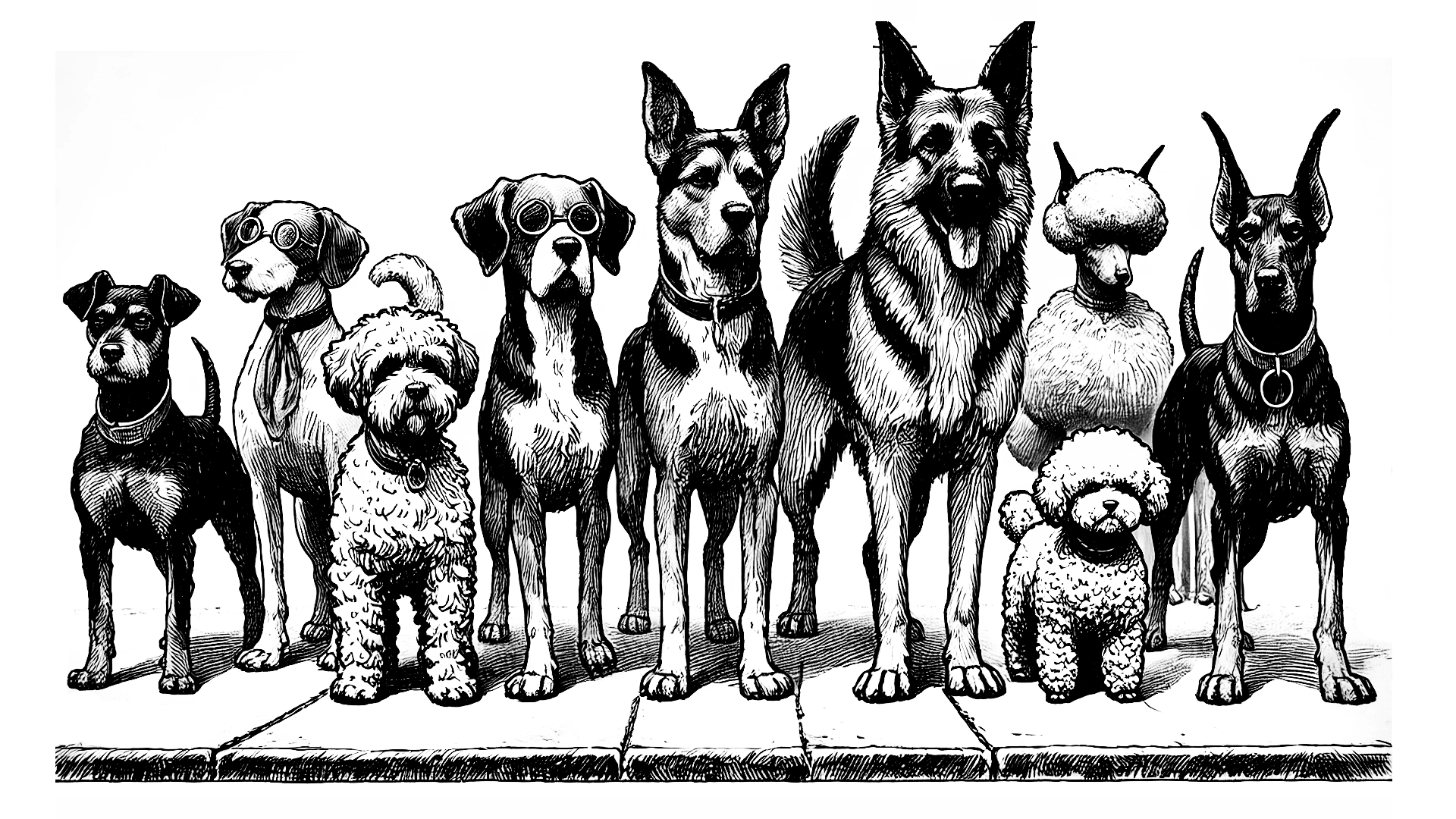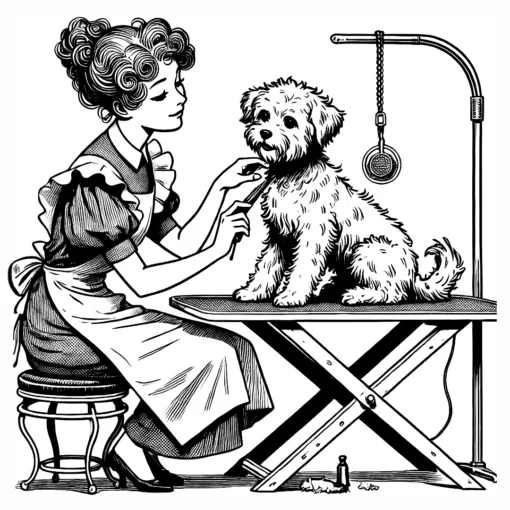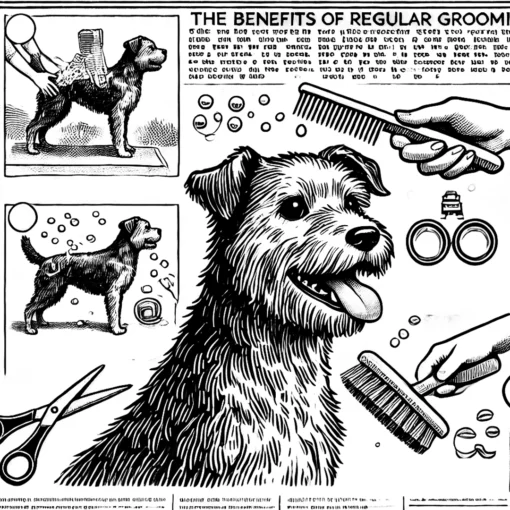Choosing the right grooming style for your dog isn’t just about aesthetics—it’s about ensuring their comfort, health, and overall well-being. Every breed has unique grooming needs based on their coat type, activity level, and skin sensitivity. As a Calgary dog owner, understanding these needs is essential to maintaining your dog’s best look while keeping them healthy. In this guide, we’ll walk you through breed-specific grooming tips and highlight expert solutions that can make all the difference for your dog.
1. Understand Your Dog’s Coat Type
One of the first things to consider when selecting a grooming style for your dog is their coat type. Different coats require different grooming techniques to stay manageable and healthy. Here’s a quick breakdown of the most common coat types and the ideal grooming approaches:
- Short Coats (e.g., Beagles, Boxers): Short-haired breeds generally need less trimming but benefit from regular brushing to reduce shedding and keep the coat shiny.
- Double Coats (e.g., Golden Retrievers, Huskies): Dogs with double coats need regular deshedding and brushing to prevent matting, especially during seasonal shedding.
- Curly Coats (e.g., Poodles, Bichon Frises): Curly-haired breeds require frequent trims to avoid mats and tangles. A professional groomer can also recommend stylish cuts that maintain the coat’s signature look.
- Wire Coats (e.g., Terriers, Schnauzers): These coats benefit from hand stripping or clipping to maintain their texture and prevent overgrowth.
Knowing your dog’s coat type will help you choose a grooming style that suits their specific needs, ensuring their coat stays healthy and manageable.
2. Consider the Breed Standard for Show Dogs
If you own a show dog, breed standards will play a significant role in determining your dog’s grooming style. Each breed has precise grooming guidelines set by kennel clubs that must be followed for competitions. These standards define everything from the length of the coat to the shape of the cut.
For instance, the Standard Poodle requires a specific cut with defined areas of shaving and puffed sections, while Cocker Spaniels need well-groomed ears and feathering on their legs to meet show requirements.
When choosing a groomer in Calgary, it’s crucial to select one who is familiar with breed-specific grooming for show dogs. This ensures your dog will be prepared for the competition ring while maintaining their unique breed appearance.
3. Tailor the Style to Your Dog’s Lifestyle
Your dog’s lifestyle plays a big part in selecting the right grooming style. Dogs who are active, love the outdoors, or get into messy situations regularly may benefit from a more practical grooming approach. While breed standards are important, everyday comfort should also be a priority.
Here’s how to adapt grooming to fit your dog’s lifestyle:
- Active Dogs: If your dog loves hiking or swimming, consider shorter, low-maintenance styles that are easier to clean and brush after outdoor adventures.
- Indoor Dogs: If your dog enjoys lounging around the house, you might opt for longer, fluffier cuts that highlight their breed’s natural beauty.
- Seasonal Adjustments: In colder months, a longer coat may offer warmth, while shorter cuts in the summer can keep your dog cool and comfortable.
Finding the right balance between appearance and practicality will make grooming a more enjoyable experience for both you and your dog.
4. Keep Health Considerations in Mind
Health should always come first when selecting a grooming style for your dog. Certain breeds are prone to specific skin conditions, allergies, or other health issues that may require a particular grooming approach. For example:
- Dogs with Sensitive Skin: Breeds like Bulldogs or Shar-Peis may have sensitive skin that requires hypoallergenic grooming products and minimal trimming around problem areas.
- Breeds Prone to Ear Infections: Long-eared breeds like Cocker Spaniels and Basset Hounds need extra attention to ear cleaning and trimming to prevent infections.
- Overheating in Dense-Coated Breeds: Breeds with thick coats, like Bernese Mountain Dogs or Malamutes, may need regular deshedding treatments and shorter summer cuts to prevent overheating.
Discuss any health concerns with your groomer to ensure that they select the best products and techniques for your dog’s specific needs.
5. Popular Grooming Styles for Specific Breeds
Here are some breed-specific grooming styles that not only highlight the natural beauty of your dog but also ensure their health and comfort:
- Golden Retriever: A light trim along the legs, chest, and tail to maintain the flowing look while keeping the coat manageable.
- Poodle: The classic Continental or Sporting clip, depending on whether your dog is a show competitor or a family pet.
- Shih Tzu: A “puppy cut” for easy maintenance or a longer, show-standard style with well-groomed top knots.
- Schnauzer: The signature beard and eyebrows kept neat with a shorter clip along the body.
When in doubt, consult a professional groomer who specializes in your dog’s breed. They can recommend styles that work with your dog’s natural coat and lifestyle, ensuring they always look their best.
Key Takeaways
Choosing the right grooming style for your dog’s breed is essential for their comfort, health, and appearance. By understanding their coat type, following breed standards, and tailoring their grooming to their lifestyle and health, you can ensure that your dog feels as good as they look. In Calgary, finding a groomer who understands the unique needs of your dog’s breed will make all the difference in their grooming experience. Keep these tips in mind to ensure your dog gets the best care possible.
Looking for expert grooming solutions for your breed? Let us help you tailor a grooming style that suits your dog’s unique needs!



